Columnist Johanna Neumann: ‘Waste not, want not’: Keeping costly energy use low
| Published: 02-20-2025 8:33 AM |
Eggs are pricey these days. And eggs aren’t the only thing costing more. Those of us who heat our homes with gas are paying more than twice as much for the same amount of energy as we paid five years ago.
Although “abundance” is one of the current buzzwords in some circles (Ezra Klein is coming out with a new book with that title and Robin Wall Kimmerer included it in the subtitle of her most recent work), conservation also has a role to play when it comes to making sure we have enough. As the old saying goes, “waste not, want not.” So, I’m sharing here some basic energy conservation tips that can save energy, save money and reduce pollution.
Lower your thermostat. Space heating is the biggest use of energy in most homes. The Department of Energy estimates that you can cut your heating bill1-3 % for each degree that you turn your thermostat back in the winter. A programmable thermostat can help, too. According to the DOE, households can save as much as 10% a year on heating and cooling by turning the thermostat back 7-10°F for eight hours a day from its normal setting.
Dress in layers. In 1977 as the nation was in the middle of an energy crisis and cold winter, Jimmy Carter famously urged the nation to put on a sweater. He was right — dressing appropriately for your indoor temperature can be the difference between feeling comfortable or feeling like you are being subjected to an austerity measure.
We keep most of our house cool in the winter. Ambient temperature in our kitchen is often in the low 60s. I have found that I can be comfortable if I dress in layers, including wool socks and slippers, long underwear on top and bottom, and yes Jimmy, a sweater, generally made of wool, which warms like nothing else. Often I’ll top it off with a down vest.
Our bedrooms are unheated. Rather than running a space heater, we warm the place where our bodies are going to be. An hour or so before tucking in, my husband or I place a warm stone at the foot of our bed. With the warm stone and flannel sheets topped with a down comforter and quilt, we are warm and cozy even on the chilliest nights.
Turn off unnecessary lights and unplug vampire appliances. Although LED lights have made lighting more energy efficient, turning off lights when you leave a room still saves energy. Less obvious is that there are a lot of appliances in our homes that suck energy even when they are turned off. Common energy vampires include televisions, cable boxes and chargers. One tip is to plug your energy vampires onto power strips, so you flick off the strip to cut off the flow of power to the vampire when it’s not in use. You can also check a watt meter out from the library through the CW Mars system to see how much energy your different appliances use.
Beyond simply lifestyle actions, you can also systematically cut energy waste in your home by making it more energy efficient.
Article continues after...
Yesterday's Most Read Articles
 Nearly all of South Hadley High’s student body holds ‘walkout to walk-in’ rally to oppose cuts, call for funding reform
Nearly all of South Hadley High’s student body holds ‘walkout to walk-in’ rally to oppose cuts, call for funding reform
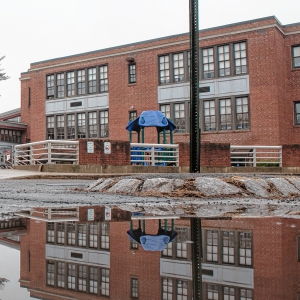 Northampton schools probe staff response to student’s unfulfilled IEP
Northampton schools probe staff response to student’s unfulfilled IEP
 Amherst’s Ryan Leonard makes NHL debut for Washington Capitals in 4-3 win over Bruins in Boston
Amherst’s Ryan Leonard makes NHL debut for Washington Capitals in 4-3 win over Bruins in Boston
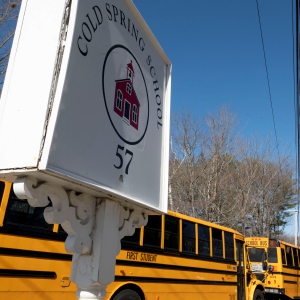 Belchertown voters to decide on $3.3M override for schools, town, capital projects
Belchertown voters to decide on $3.3M override for schools, town, capital projects
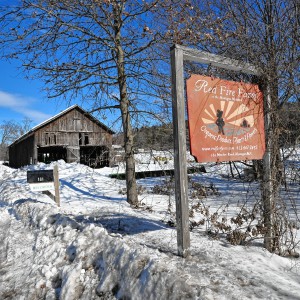 Four Red Fire Farm workers arrested as part of ICE operation in Springfield
Four Red Fire Farm workers arrested as part of ICE operation in Springfield
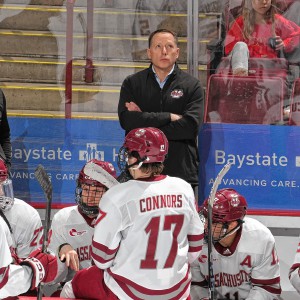 UMass hockey: Carvel reflects on Minutemen’s successful 2024-25 season
UMass hockey: Carvel reflects on Minutemen’s successful 2024-25 season
If you’ve never done it, I highly recommend scheduling a home energy assessment. Any utility customer can get a free energy assessment every three years, where a professional comes over to your house and identifies areas of energy waste and recommends and provides remedies.
There are also basic do-it-yourself actions to reduce energy waste. One of the most impactful ones is finding and sealing air leaks. To find air leaks, wait for a windy day, close up all the windows and doors to your home, and make sure your furnace is off. Then, walk around your house with a candle or stick of incense to hunt down places where cold air might be leaking in.
Some common areas to look include around windows and doors, and electrical outlets. To test for air leaks, pass the candle or incense along the edge of where you suspect a leak may be. If you see the candle flame or the smoke from the incense move, you’ve identified a leak. From there, you’ll want to seal up the gap with caulk or weatherstripping, or with outlet draft sealers. You can learn more about air-sealing and other DIY winter weatherization tips in this winter weatherization guide.
Johanna Neumann of Amherst has spent the past two decades working to protect our air, water and open spaces, defend consumers in the marketplace, and advance a more sustainable economy and democratic society.

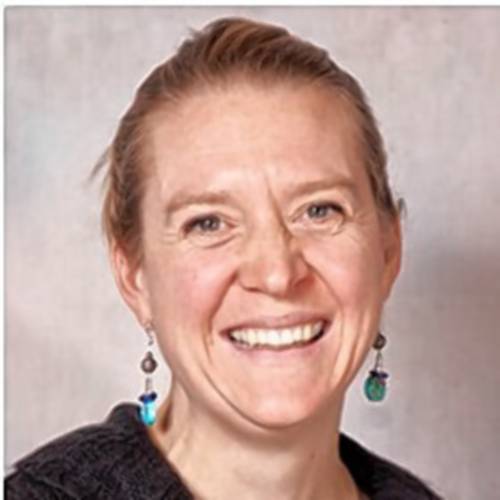
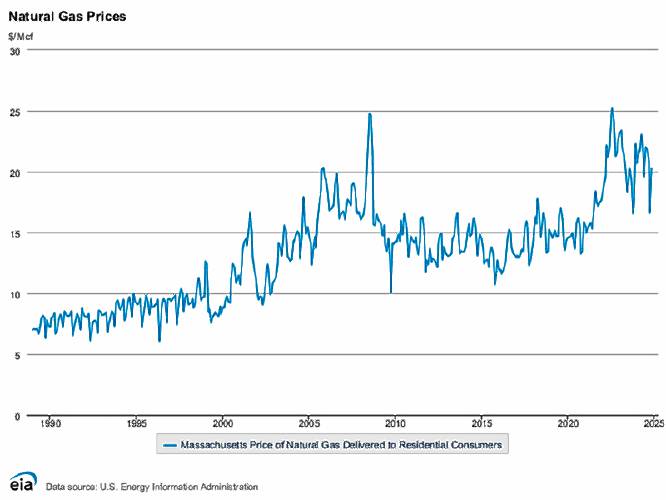
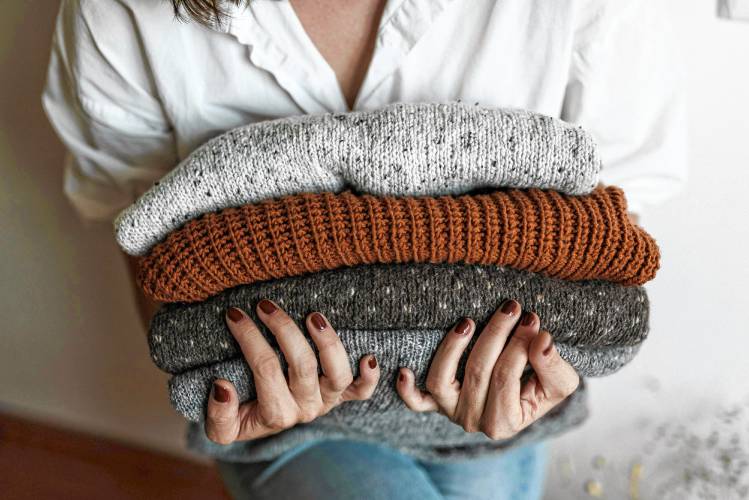





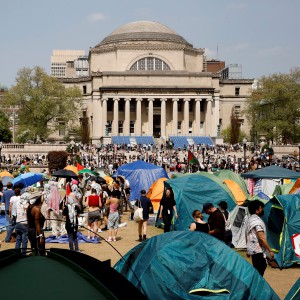 Guest columnist Teresa Amabile: Undermine education, undermine our future
Guest columnist Teresa Amabile: Undermine education, undermine our future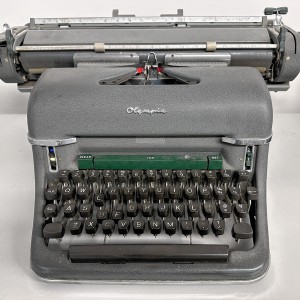 Guest columnist Liz Brown: Abortion care is health care
Guest columnist Liz Brown: Abortion care is health care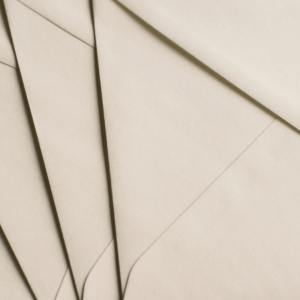 Henry Lappen: Tango is alive and well in the Valley
Henry Lappen: Tango is alive and well in the Valley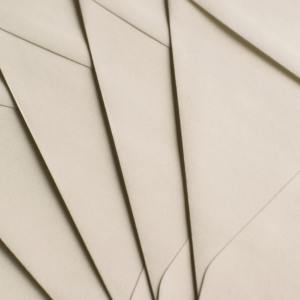 D. Dina Friedman: Jewish group decries ICE’s crackdown on freedom of speech
D. Dina Friedman: Jewish group decries ICE’s crackdown on freedom of speech
